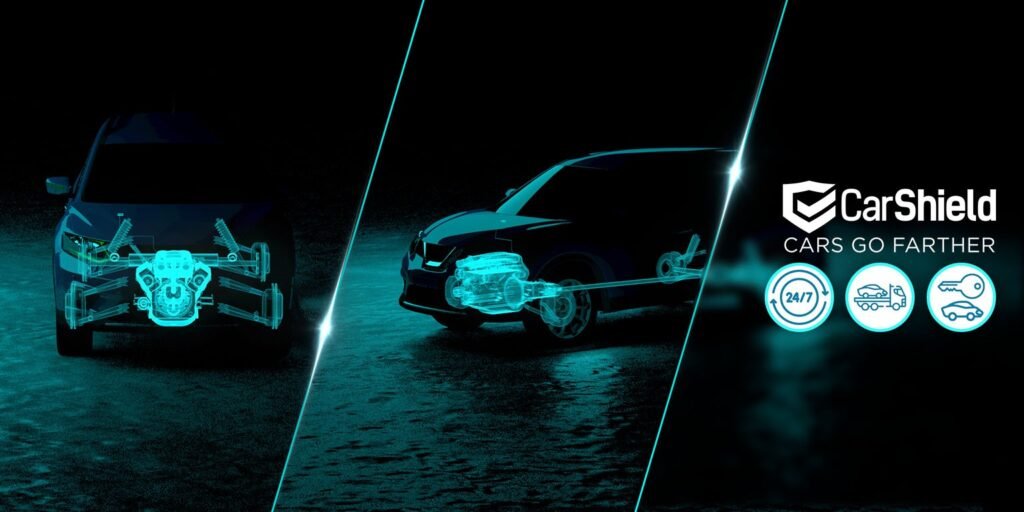
When it comes to protecting your vehicle from unexpected repair costs, an extended auto warranty can be a lifesaver. Car Shield is one of the most well-known providers of vehicle service contracts, offering coverage for repairs that go beyond the manufacturer’s warranty. But how does Car Shield work when you need repairs? Where can you take your car for service? And what should you know before choosing a repair shop?
In this 2,800-word guide, we’ll cover everything you need to know about Car Shield auto warranty repair shops, including:
-
How Car Shield Works
-
Finding a Car Shield-Approved Repair Shop
-
The Repair Process with Car Shield
-
Pros and Cons of Car Shield Repair Shops
-
Alternatives to Car Shield Repair Facilities
-
Tips for Maximizing Your Car Shield Warranty
-
Common Complaints and How to Avoid Them
-
Final Verdict: Is Car Shield Worth It?
Let’s dive in!
1. How Car Shield Works
Car Shield is a vehicle service contract (VSC) provider, not an insurance company. It covers mechanical breakdowns after the manufacturer’s warranty expires. Unlike traditional warranties, Car Shield allows you to choose from different coverage levels, including:
-
Powertrain Coverage (engine, transmission, drivetrain)
-
Platinum Coverage (comprehensive protection, including electrical and air conditioning)
-
Add-Ons (like roadside assistance and rental car reimbursement)
Once you purchase a Car Shield plan, you can take your vehicle to any ASE-certified repair shop or dealership for covered repairs. However, some customers prefer using Car Shield’s network of preferred repair shops for smoother claims processing.
2. Finding a Car Shield-Approved Repair Shop
Car Shield has a nationwide network of approved repair facilities, including:
-
ASE-certified independent mechanics
-
Dealership service centers
-
Chain repair shops (e.g., Meineke, Pep Boys)
How to Find a Car Shield Repair Shop:
-
Use Car Shield’s Online Locator Tool – Enter your ZIP code to find nearby approved shops.
-
Call Customer Service – Car Shield’s reps can recommend a local shop.
-
Check with Your Preferred Mechanic – Many independent shops accept Car Shield claims.
Pro Tip: Always confirm with the repair shop before scheduling service to ensure they accept Car Shield.
3. The Repair Process with Car Shield
Once you’ve found a repair shop, here’s how the process works:
Step 1: Get a Diagnosis
-
If your car breaks down, take it to an approved shop for inspection.
-
The mechanic will diagnose the issue and determine if it’s covered under your plan.
Step 2: Submit a Claim
-
The repair shop contacts Car Shield to file a claim.
-
You may need to pay a deductible (typically $50-$200).
Step 3: Approval & Repair
-
Car Shield reviews the claim and approves or denies coverage.
-
If approved, the shop completes the repairs.
Step 4: Payment
-
Car Shield pays the shop directly (minus your deductible).
-
If the shop isn’t in Car Shield’s network, you may need to pay upfront and get reimbursed.
4. Pros and Cons of Car Shield Repair Shops
Pros:
✅ Nationwide network – Many options available.
✅ No out-of-pocket costs upfront (at network shops).
✅ Flexibility – Can use independent mechanics or dealerships.
Cons:
❌ Some shops may deny claims – Not all mechanics like dealing with third-party warranties.
❌ Possible delays – Claims processing can take time.
❌ Limited coverage on older/high-mileage cars – Exclusions may apply.
5. Alternatives to Car Shield Repair Facilities
If you don’t want to use a Car Shield-approved shop, you have options:
A. Dealership Service Centers
-
Often more expensive but use OEM parts.
-
May have better relationships with warranty providers.
B. Independent Mechanics
-
Usually cheaper but must be ASE-certified.
-
May require you to pay first and seek reimbursement.
C. DIY Repairs (If Allowed)
-
Some warranties allow self-repairs with prior approval.
6. Tips for Maximizing Your Car Shield Warranty
To avoid claim denials and hassles:
✔ Read your contract – Know what’s covered.
✔ Keep up with maintenance – Skipping oil changes can void coverage.
✔ Get pre-approval before major repairs – Avoid unexpected denials.
✔ Choose in-network shops – Faster claims processing.
7. Common Complaints and How to Avoid Them
Some customers report issues like:
-
Claim denials → Always check coverage before repairs.
-
Slow reimbursements → Use in-network shops when possible.
-
High-pressure sales → Compare Car Shield with competitors like Endurance or Olive.
8. Final Verdict: Is Car Shield Worth It?
Car Shield can be a good choice if:
-
You drive an older car with no manufacturer warranty.
-
You want flexible repair shop options.
-
You’re comfortable paying a deductible for repairs.
But it may not be ideal if:
-
Your car is very old or high-mileage (coverage exclusions apply).
-
You prefer dealership-only repairs.
Bottom Line:
Car Shield offers decent protection with a wide network of repair shops, but always compare plans and read reviews before buying.
Conclusion
Car Shield provides a valuable service by helping drivers manage costly auto repairs. By understanding how Car Shield auto warranty repair shops work, you can make informed decisions and avoid common pitfalls. Whether you choose a dealership, independent mechanic, or a Car Shield-preferred facility, always confirm coverage in advance and maintain your vehicle properly.
If you’re considering Car Shield, get multiple quotes, read the fine print, and choose the best repair shop for your needs. With the right approach, an extended warranty can save you thousands in unexpected repair bills.
